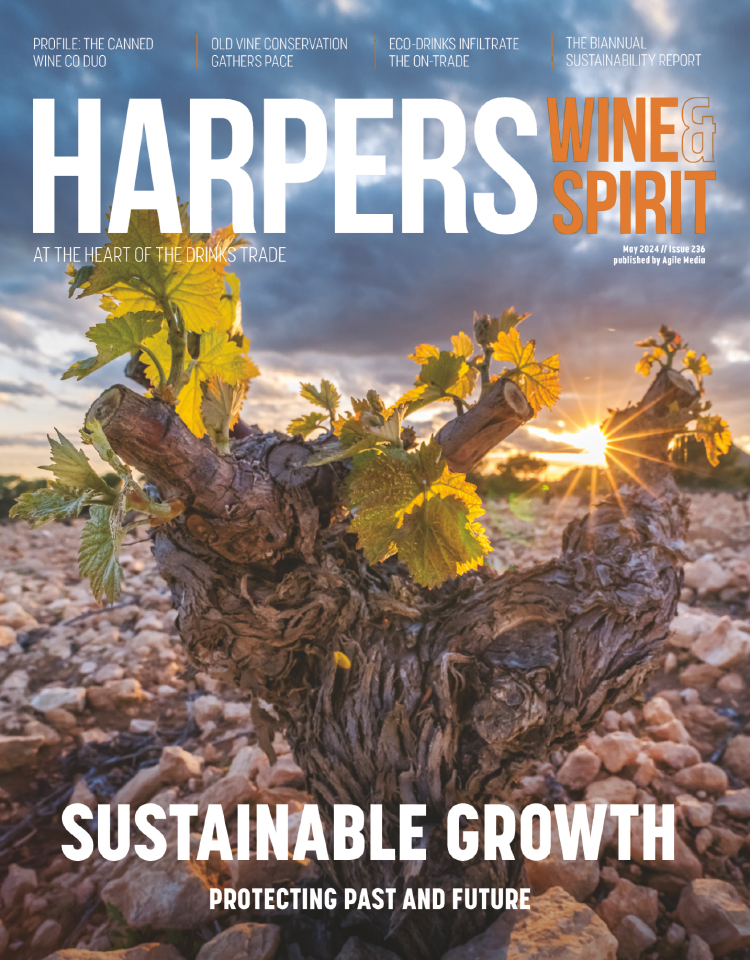Wines in the press - June 12 - 14
Guardian
Victoria Moore is talking about wines in alternative packaging.
She reports that Tesco says its bag-in-box sales have risen 3.7% in the last year, and that a new Tetra Pak range of value wines launched less than six months ago has caught on so well it's already selling at the rate of 15,000 a week.
But my problem with all this, Moore says, is that the emphasis is too much on packaging and not enough on what goes into it.
Back in March, Moore tells us, she heard that La Différence was putting its, "excellent range," in bag-in-box.
"I've been waiting - and waiting for someone to list it, she says. "But so far none of our supermarkets has bought the format".
If the quality and choice of the wine inside most alternative packaging wasn't so abysmal, we'd all buy more of it, says Andy Gale, Tesco's beers, wines and spirits technical packaging manager.
"There's an acceptance for wine in Tetra Pak, so we'll look at doing more - moving out of value and using it for wine at higher prices."
Moore says, he hopes the move will be, "iconic", in the same way it was when we started putting more wines under screwcap.
Financial Times
Jancis Robinson is talking about Germany's 2008s, and saying that those who picked too early have produced extremely tart, sometimes rather thin wines.
"It is certainly true that there are very few late-picked sweet wines," she reports. "Among the hundreds of German 2008s I have so far tasted I have come across less than a handful of Beerenauslesen and Trockenbeerenauslesen, and most of the Auslesen I have tasted have tasted more like Auslese Lite than 2007's intensely rich beauties (as in Sauternes)".
Robinson says, as Julia Keller of the Rheinhessen region puts it, "2008 was a bit like 2004 - nice but you had to wait so long, until November, to pick. We were still picking our Hubacker vineyard on November 20. In 2007, on the other hand, everything was perfect. Both years had good weather during the vintage but we had to work so much harder in 2008".
Robinson adds that she will certainly be buying some 2008s, despite the disobliging exchange rate. "The weather may have presented challenges but Germany's best producers are more skilled and more determined than they have ever been. The best are lovely, expressive, truly refreshing wines that will mature relatively early and will make delicious aperitifs - so much better value than most Champagne."
Observer
Tim Atkin asks, what are we supposed to make of rosé blends?
"My position is that I couldn't care less how rosé is made as long as it tastes good," he says.
So why the fuss? He asks. "Well, the European Commission had the temerity to suggest that it should be legal to make pink wines by blending red and white wines. It looked as if the changes were going to go through, but the Agriculture Commissioner, Mariann Fischer Boel, backed down at the last minute earlier this week."
Atkin argues that the confusing thing about the U-turn is that producers in Champagne are already allowed to blend red and white wines, as are wineries in the New World. Despite this, he says, winemakers in Provence argued that extending the rule to cover the rest of Europe would have seen the market swamped with inferior rosé, damaging its "nobility".
My response to this piece of protectionism is threefold, he states. "One: if pink Champagne, by far the most expensive rosé around, is made this way, how can it be dismissed as a lesser technique? Two: making rosé entirely from red grapes, as the (non-Champenois) French insist everyone else should do, is no guarantee of quality. After all, half of the pink wine sold here comes from California and most of it is cheap, sweet and confected. Three: if the New World is doing it, the horse has already bolted towards open countryside."
Times
Jane MacQuitty says that when Pinot Grigio blasted on to the scene in the late 1990s, it made welcome change from fat, sweet, oaky, alcoholic Chardonnay and rapidly became the darling of the white wine world.
But back then, MacQuitty tells us, most Pinot Grigio was dull, thin, acidic. "But now something wonderful has happened," she says. "Italian wine producers have suddenly started to treat the grape seriously. Pinot Grigio has found itself planted out in superior single vineyard sites, yields have been cut and fuller-bodied, fuller-flavoured wines are the result".
MacQuitty recommends - Alois Lageder's 2008, Riff Pinot Grigio (Asda, down to £4.98).





